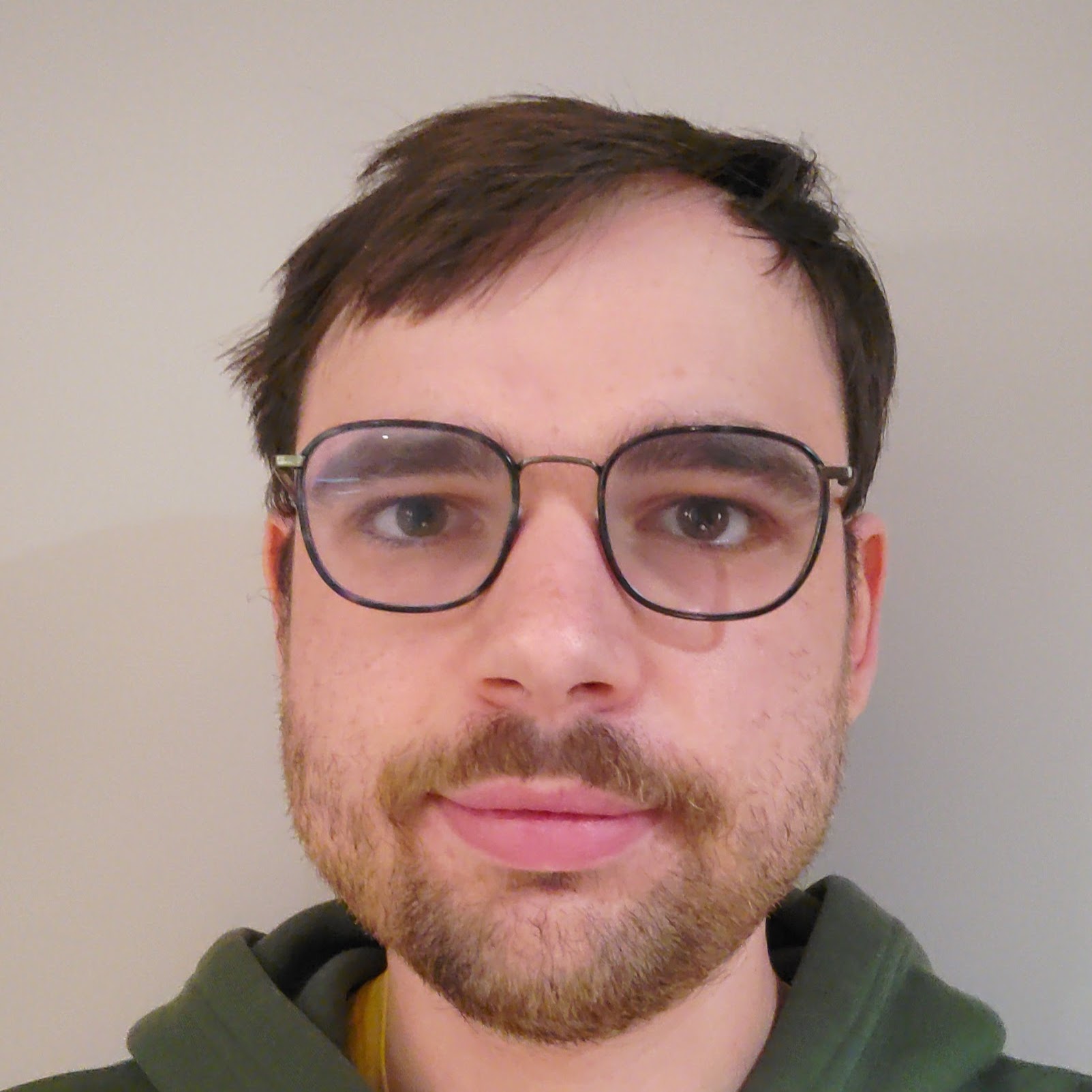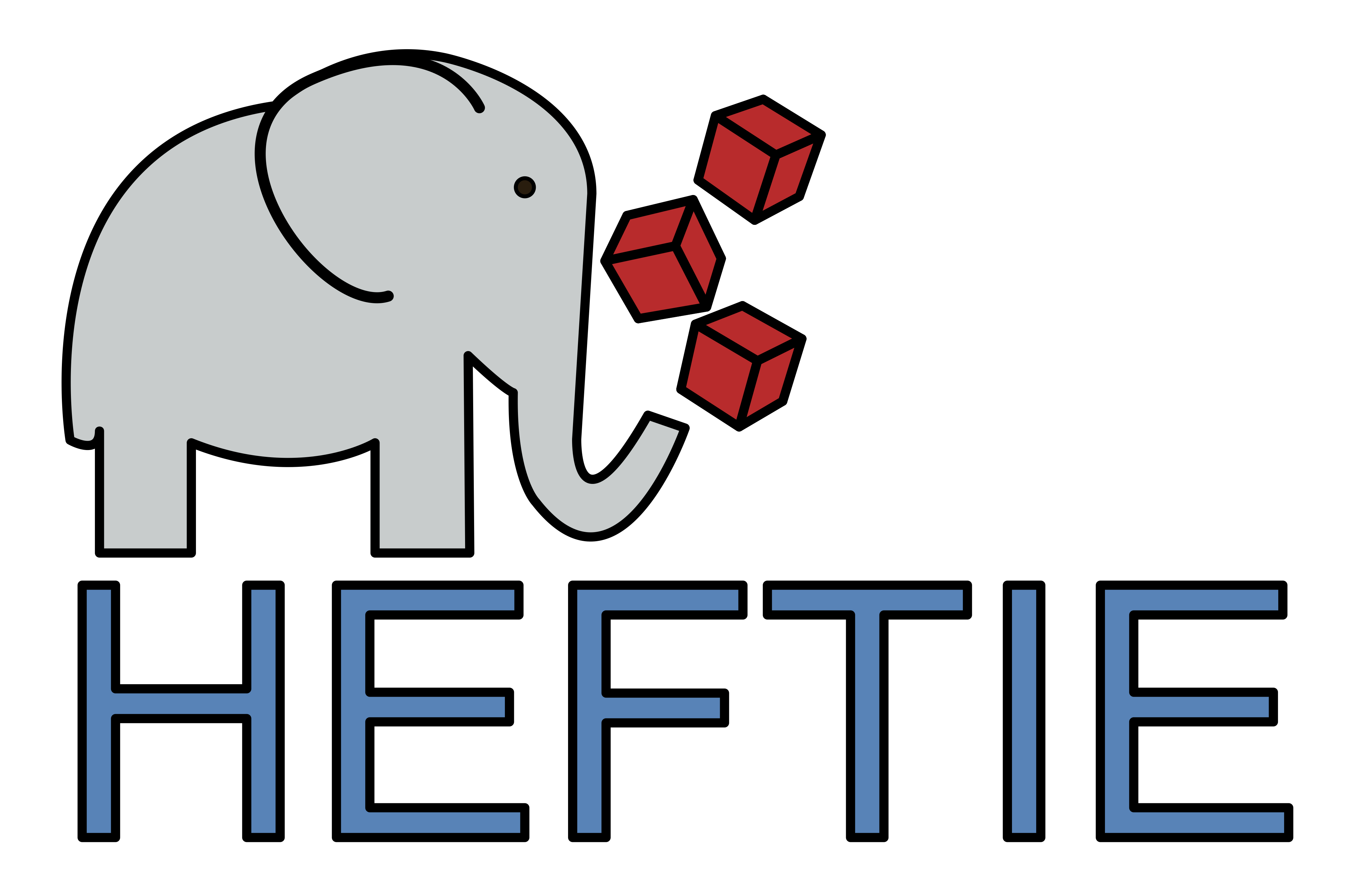Science clusters

Summary
X-ray tomography is a technique used across diverse scientific fields, such as material sciences, geosciences, palaeontology, and life sciences. With current experiments producing enormous datasets, the development of ‘chunked’ file formats - which break down massive files into smaller parts - has become essential for data processing. The HEFTIE project aims to significantly improve tools and educational resources for handling such datasets by creating a comprehensive digital textbook and new visualisation software. These advancements will accelerate the analysis of 3D organ scans and unlock discoveries in the life sciences, benefiting also other fields, such as neuroscience, archaeology, and the earth sciences.
Challenge
Open Science Service, Industry cooperation, Main RI concerned
X-ray tomography produces extremely large datasets, often exceeding 1 TB, which are too large to fit into standard computer memory. This has led to the adoption of 'chunked' file formats, enabling scientists to process these datasets in manageable portions. However, many researchers lack the tools and training to work with such massive data effectively, which slows down analysis and limits the scientific discoveries that could be made from this data.
Solution
HEFTIE aims to develop a comprehensive digital textbook and new software tools for working with chunked 3D imaging datasets. The textbook will provide clear guidance on setting up and running data analysis and visualisation pipelines, while the new tools and a visualisation software will make it easier to use these datasets. Specifically, and in connection with the Human Organ Atlas project, the project team will use the textbook and the new tools to analyse scans of human organs to understand how the human body works in health and disease, using a technique allowing the scan of 3D images of whole human organs down to the resolution of individual cells. By leveraging open-source technologies, such as the Zarr data format, Python, and the WEBKNOSSOS software, HEFTIE ensures long-term accessibility and community engagement.
Scientific Impact
By adhering to FAIR data principles and integrating with the EOSC, HEFTIE will expand access to terabyte-scale data and foster open science collaboration across Europe. The digital textbook and the tools will be designed from the start to run on the Virtual Infrastructure for Scientific Analysis - VISA, the Virtual Research Environment (VRE) cloud computing platform developed as part of PaNOSC, to ensure accessibility to a wide range of users across the PaNOSC cluster.
Improved training and tools for working with the data will allow the project team and other researchers around the world, to speed up data analysis and make new discoveries from unused data. Beyond its direct applications in life sciences, the tools and training materials developed will be applicable to other research fields, such as neuroscience, archaeology, and the earth sciences.
Results
- The HEFTIE Textbook: Digital textbook to educate scientists on the principles and practice of working with huge 3D imaging datasets using modern data formats.
- Zarr benchmarking report: benchmark series to help scientists understand the best parameters and configuration to use when using the Zarr data format. Findings and results were written as a report | DOI
- Improvements to the zarr-python software library: contribution series to improve the zarr-python software library, which is widely used by scientists to work with Zarr data. These included adding automatic caching, improving documentation, and writing a converter to allow scientists to update their data from older versions of Zarr to the most recent version.
Publications
- Zarr benchmarks | DOI
- The HEFTIE textbook
Events
- 09 October, 2025 | University of Cambridge, UK - Talk Chunked file formats for massive imaging datasets - seminar in the “RSE seminars” series at the University of Cambridge
- 25 November, 2025 | The Fracis Crick Institute, London, UK - Conference talk "The HEFTIE Project: tools and training for getting started with OME-Zarr" at the Crick Bioimage Analysis Symposium 2025
- 03 December 2025 | Online - "Handling huge bio-imaging data with OME-Zarr" - Seminar presenting our work from the project at the Global Bioimage Analyst (GLOBIAS) seminar series
Principal investigator

David Stansby is the lead Data Scientist for the Human Organ Atlas, a public resource with 3D images of whole human organs that can be zoomed in down to the scale of individual cells. He is based at University College London in the UK, and has a background in enabling scientific research through the creation of open software and data.
- HEFTIE Infographics
- Human Organ Atlas
- Virtual Infrastructure for Scientific Analysis - VISA
- Walsh, C.L., Tafforeau, P., Wagner, W.L. et al. Imaging intact human organs with local resolution of cellular structures using hierarchical phase-contrast tomography. Nat Methods 18, 1532–1541 (2021), DOI


